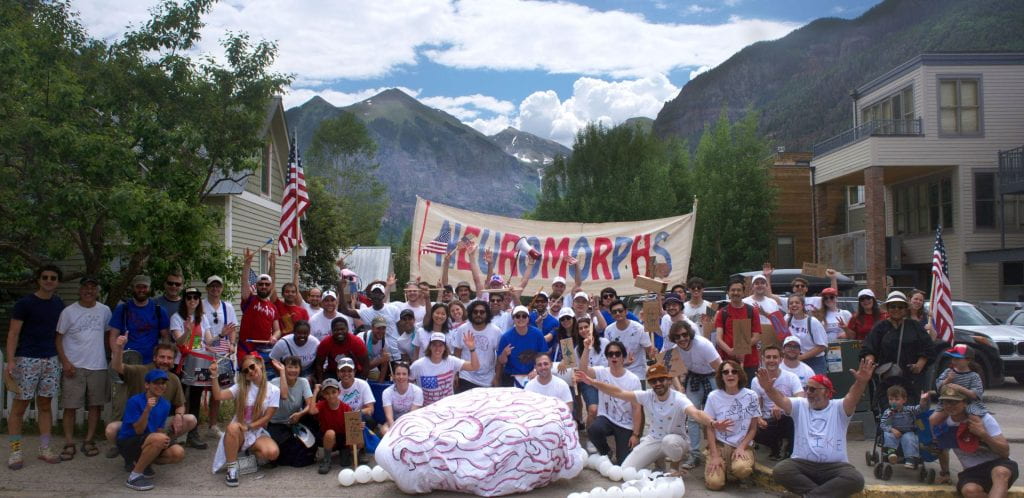The tutorial titled “From Training to Deployment: Build a Spiking FPGA on a $300 Budget” will run in-person at the International Conference on Neuromorphic Systems in Santa Fe, NM, USA.
Tutorial Abstract:
So you want to use natural intelligence to improve artificial intelligence? The human brain is a great place to look to improve modern neural networks. The computational cost of deep learning exceeds millions of dollars to train large-scale models, and yet, our brains somehow achieve remarkable feats within a power budget of approximately 10-20 watts. While we may be far from having a complete understanding of the brain, we are at a point where a set of design principles has enabled us to build ultra-efficient deep learning tools. Most of these are linked back to event-driven spiking neural networks (SNNs).
In a cruel twist of irony, most of our SNNs are trained and battle-tested on GPUs. GPUs are far from optimized for spike-based workloads. The neuromorphic hardware that is out there for research and/or commercial use (a lot of love going to you, Intel Labs and SynSense), is considerably more expensive than a consumer-grade GPU, or require a few more steps than a single-click purchase off Amazon. The drawback of rich feature-sets is that at some point in the abstraction, such tools become inflexible. How can we move towards using low-cost hardware that sits on our desk, or fits in a PCIe slot in our desktops, and accelerates SNNs?
This tutorial will take a hands-on approach to learning how to train SNNs for hardware deployment, and running these models on a low-cost FPGA for inference. With the advent of open-sourced neuromorphic training libraries and electronic design automation tools, we will conduct hands-on coding sessions to train SNNs, and attendees will subsequently learn how to deploy the design to off the shelf hardware (namely, FPGAs), using the AMD Xilinx Kria KV260 starter kit as the accelerating platform. To port the SNN model to the hardware platform, a software tool being developed by Mr. Fabrizio Ottati, hls4nm, will be used, showing how to reap the rewards of training SNNs using hardware that you can own, break apart, and can put back together.

